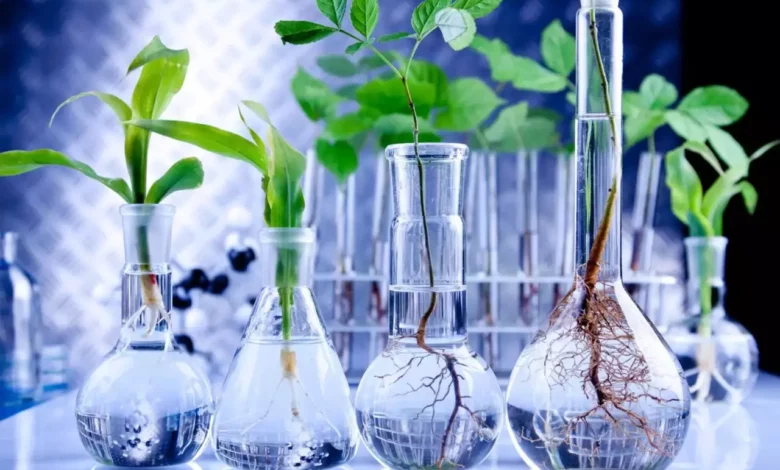Understanding plants is key to finding a cure for cancer

In order to increase agricultural yields, it is important to understand how plants process light. Plants use light to determine when to grow and bloom. Plants find light using proteins called photoreceptors. However, understanding plants have impacts in fields other than agriculture. Ullas Pedmale, an assistant professor at Cold Spring Harbor Laboratory (CSHL), and his colleagues have discovered how the proteins UBP12 and UBP13 regulate the activity of a CRY2 photoreceptor. Their finding could make new growth-control strategies apparent, with potential implications well beyond agriculture.
There are CRY photoreceptors in both plants and people. They are connected to a number of conditions including diabetes, cancer, and several brain disorders. CRY2 helps in regulating growth in both people and plants. Uncontrolled development in plants reduces their viability, whereas it causes cancer in humans. “If we understand growth,” Pedmale says, “we can cure cancer.”
Plants need the right amount of CRY2 to know when to grow and flower. Pedmale and former postdoctoral fellow Louise Lindbäck discovered that manipulating UBP12 and UBP13 can change the amount of CRY2 in plants. They found that increasing UBP12 and UBP13 reduces CRY2 levels. This made plants think there wasn’t enough light. In response, they grew longer, abnormal stems to reach more. Pedmale says:
“We have a way to understand growth here—and we could manipulate growth just by manipulating two proteins. We have found a way we can actually increase flower output. You need flowering for food. If there’s no flower, there is no grain, no rice, no wheat, no maize.”
Pedmale and Lindbäck didn’t know exactly how UBP12 and UBP13 regulated CRY2. When the researchers took a closer look, they made a surprising discovery. In humans and other organisms, versions of UBP12 and UBP13 protect CRY photoreceptors from degradation. But in plants, the team saw the opposite. UBP12 and UBP13 were actually helping degrade CRY2 instead. Lindbäck, who is currently a research and developmental engineer at Nordic Biomarker in Sweden, explains:
“From literature, it’s known that if you find an interaction like this, it will protect from degradation. Initially, we saw the opposite, and we thought, ‘okay, maybe I did something wrong,’ but then when I did it a few times, we realized, ‘okay, this is true.’ Instead of protecting CRY2, it causes CRY2 to degrade.”
Pedmale hopes their discovery will help plant researchers and plant breeders improve crop yields. He also hopes his work helps inform cancer research. “My colleagues at CSHL are working hard trying to understand cancer,” he says. “We are coming at it from a different angle with plants.”



